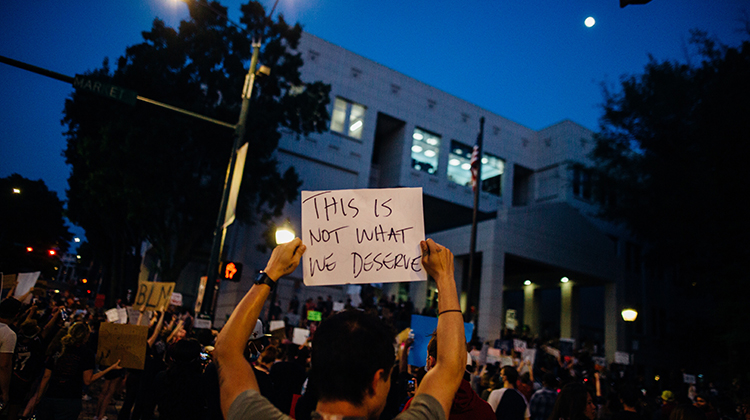How to encourage students to take action to help people in need

A combination of the COVID-19 pandemic, climate change, and conflict have resulted in global poverty rising for the first time in two decades. One in 10 people around the world live in extreme poverty on less than $1.90 per day, 2.2 billion people do not have access to clean water, while 821 million people do not have enough food to eat.
It’s vitally important that our students become aware of these issues, to the point where they want to take action and do something about it in their own way. In order to make this happen, educators must work hard to incorporate respect, recognition, and understanding about people in need throughout their school’s programs and culture. The first step is education, which will eventually lead to real, meaningful action.
Step one: Education
There are many avenues to go down when tackling the issue of poverty and those in need, but a great place to start is with the Sustainable Development Goals. As a class, visit the Sustainable Development website to learn more about the No Poverty goal and what that means. Read the facts and figures and check out their latest poverty infographic.
It might also help to start with some basic definitions. For example: ‘Poverty means not having enough money for basic needs such as food, drinking water, shelter or toiletries. It is a state or condition in which a person or community lacks the financial resources and essentials for a minimum standard of living. Poverty means that the income level from employment is so low that basic human needs can't be met.’
It’s also important to educate students about the root causes of poverty, from debt to conflict, food insecurity, environmental factors, lack of education, gender inequality and even climate change. These are topics that may be new to some teachers, so prepare to go on your own learning journey as you get ready to teach your students about these important factors.
Getting an expert perspective is a great way to educate your students on deeper, more complex issues from within Australia and around the world. Why not ask an external organisation to come and speak to your students? For example, Caritas Australia recently reached more than 8,400 students through virtual Q&A sessions delivered to 76 schools. Students spoke with Caritas International Programs staff and partners to hear about programs firsthand.
Step two: Action
Once they have fully grasped the issues at hand, both in Australia and internationally, students can begin to take meaningful steps to help. First, discuss potential issues and roadblocks that students might need to overcome. Ask questions like ‘what stops you from taking action for change? How can you overcome this? What skills do you need?’
Get your students to choose one particular issue to focus on and make a commitment to take action through the following framework:
Issue:
Personal action:
Family action:
Local action:
National action:
Global action:
Let’s take the issue of climate change, which is one of the single biggest threats to reducing poverty. Natural disasters such as droughts, floods and cyclones are becoming more frequent and the majority of them are occurring in developing countries.
Here’s an example of how a student might take action on this issue:
Issue: Climate Change.
Personal action: Walk to school.
Family action: Convert to green power.
Local action: Organise with neighbours a community garden.
National action: Join a local climate change action group.
Global action: Raise awareness about the impacts of climate change.
Students might also like to draw inspiration from existing events and programs. Consider what approaches have already been taken to tackle the issue, and take a look at other groups that are currently working on ways to solve it.
There are many ways to take action to help those in need, from food sales to sponsored sporting events. At Caritas, we have created events like Caritas Kitchen, which is a chance to share good food with good friends and the money you raise will help people in need to create better lives for themselves.
There’s also the option to donate goods in kind such as food and blankets to local agencies. Students might like to hold a collection drive for needed items and donate them through local churches and charities.
With the right support and encouragement, students of any age can do something to help the most in need, both within our communities and overseas. This is about far more than a simple social justice lesson: it’s about building a genuine, life-long commitment to helping others.
Kirsty Robertson is the CEO of Caritas Australia, the international aid and development organisation of the Australian Catholic Church. Kirsty started her career at Caritas Australia before spending time at Anglican Board of Mission, forceten (now Act for Peace), and as CEO of Mary MacKillop Today. She returned to Caritas Australia in September 2019 to become the first female CEO of the organisation.
Kirsty has lived, worked and travelled in over 50 countries, including working with the development arm of the Ethiopian Orthodox Church in Adidas Ababa, Ethiopia and at Machermo, a health post in the Gokyo Valley in Nepal. Kirsty has a Graduate Certificate in Catholic Culture and Leadership from Australian Catholic University and a Master of Arts in Cultural Anthropology from Macquarie University.
Photo by KM L from Pexels